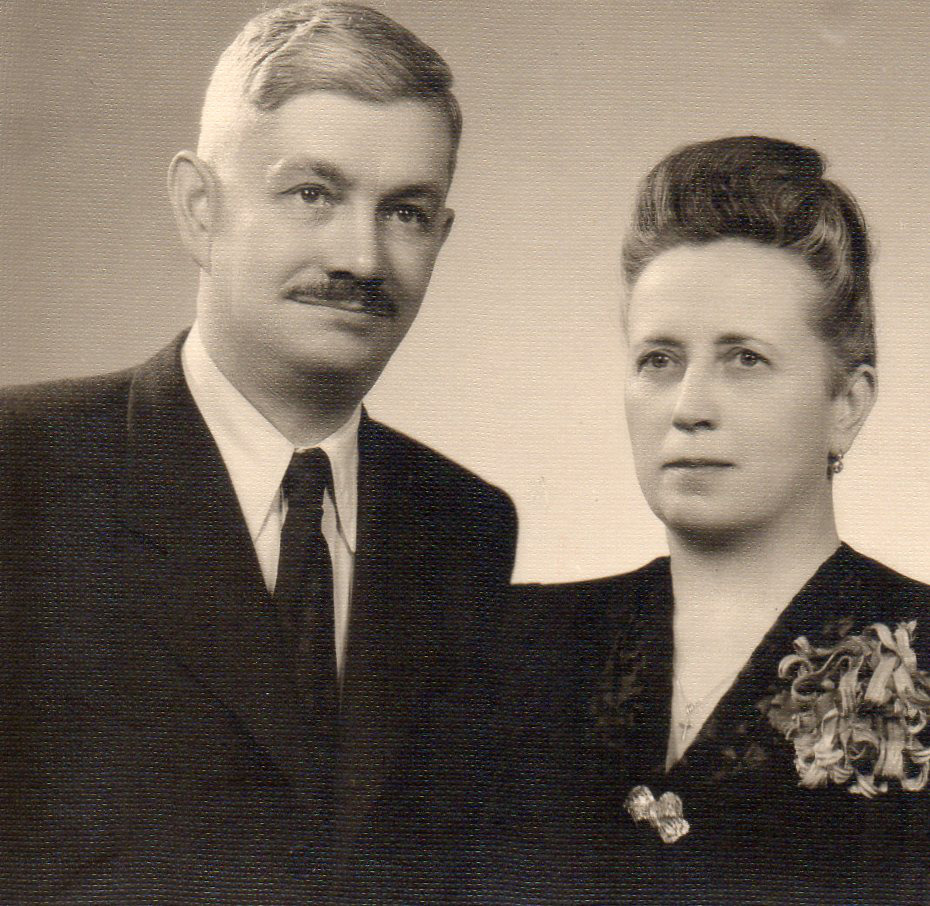Hungary was in turmoil in 1920. In the aftermath of WWI the country was occupied by the Romanians and then by the Russian Communists. The Treaty of Trianon, the agreement that the Hungarians would be forced to sign that summer would give away half their land and 2/3 of the Hungarian people would be living outside her borders. The future was uncertain.

But it was springtime in Budapest. Amid the post-war rubble there were flower vendors on street corners and outdoor tables at the cafes. Life went on. And on Akácfa utca (Acacia Tree Street) romance was in the air. 29 year old Béla András Édes was recently widowed. Along with his partner he owned a growing typewriter sales and service business at #13. Across the street at #12 was the Három Huszár Vendéglő (The Three Hussars Restaurant). The restaurant manager was Krisztina Kancsal, a blue-eyed 26 year old from a town in western Hungary. The oldest of 10 children, she was used to taking charge and didn’t suffer fools lightly.

Béla was born on February 28, 1891in the city of Kolozsvár (now Cluj-Napoca, Romania) in the Transylvania region of eastern Hungary. He was the third of six children of Zsigmond Édes and Anna Terk. When he was twelve his father died of pneumonia, leaving Anna a widow with six children from three to seventeen years old. In the next year the family moved to Budapest where his parents had lived years earlier. A few years later Béla and his older brothers worked for a while in Vienna, the capital of the Austro-Hungarian Empire. In 1911 twenty year old Béla was employed there as a locksmith but in 1915 he was back living in Budapest when his sister Anna died of TB at only 17.
Around this time Béla had been married with two daughters but his wife and children all died of illness. I have not yet found any record of any of them and don’t know their names. Béla’s mother, Anna Terk, died in November 1919 followed by the death of his favorite brother Imre, a ship’s captain, in May 1920. Perhaps the loss of so many family members encouraged Béla to get married again sooner rather than later.

Krisztina was born February 21, 1894 in Hahót in Zala county near the Austrian border. She was the first child of blacksmith István Kancsal and his wife Teréz Vörös. In the following years two brothers were born; Gyula and István. Then a sister Irén was born but died in infancy. In 1903 their mother Teréz died when Krisztina was nine years old. With three young children István couldn’t wait long for a new wife. Less than four months later he married Julia Lazár. Julia bore him six children over the next 15 years. Krisztina would have had lots of chores helping out with such a large family.
Her brother István moved to Budapest when he was about 16. The family story was that their stepmother Julia told him to leave. With all those young children of her own to feed she apparently did not want to continue to feed an always hungry teenage boy. We don’t know when Krisztina moved there but it was likely that she was there for several years before she became the restaurant manager at the Három Huszár. Meanwhile István worked for Béla as a mechanic before starting his own business. Béla was kind and generous to Krisztina’s family and they respected him. Both István and a younger sister Karolin chose him to witness their weddings, and István named a son after Béla.
The Budapest Civil Registry shows that Krisztina and Béla married on Tuesday, June 1, 1920. Witnesses were Béla’s partner, Kalman Decsy, and Krisztina’s boss, Lajos Grill. It was traditional for weddings to be held in the home town of the bride’s family. But Krisztina’s life was now in Budapest and she did not seem to have a close relationship to her step-mother. The record doesn’t say where the wedding took place but as they were both Roman Catholic it was likely at their church. Don’t you think that there was a fun party that night at the Három Huszár with great food, music and dancing?
A year after their wedding their only child was born, my father Endre. Béla and Kalman’s business continued to grow. Endre excelled in school and became a doctor during World War II. After the war the political situation became intolerable. Endre refused to join the communist party that occupied Hungary. He escaped the country and immigrated to Canada in 1948 where he married my mother and pursued a career in medicine. After the 1956 Hungarian Uprising Béla and Krisztina left their once prosperous lives in Budapest and joined our family in Canada. When our family moved to the United States in 1963, they stayed on in Saskatchewan.

In 1970 our family drove from Arizona, where we were then living, to Béla and Krisztina’s home for a family celebration of their 50th wedding anniversary. Now, 50 years later, I would encourage you to raise a toast to the romance that a century ago led to the start of our family.





